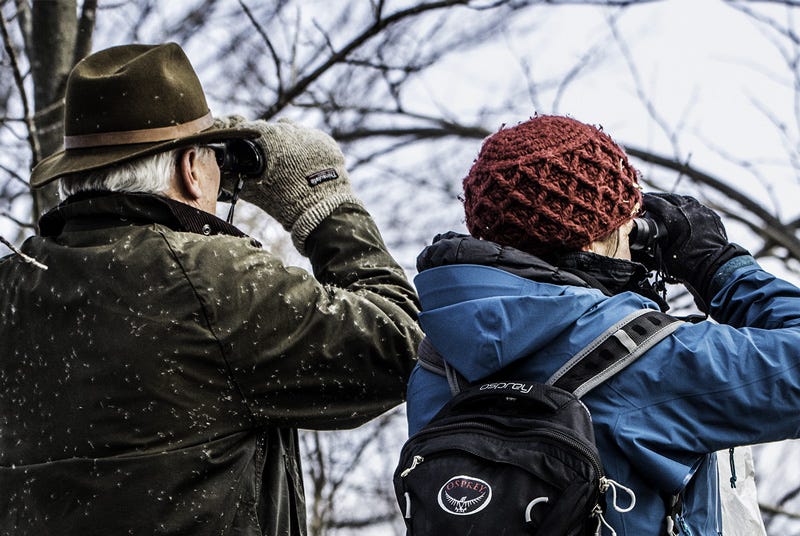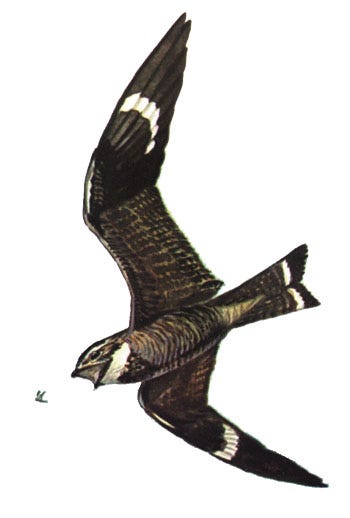The ornithologists arrive
The ornithologists showed up in a black jeep at five in the morning and parked across from the shale quarry. They set about their work quickly, unpacking their gear, and plunging into the woods in search of birds, both their sounds and nests. We didn’t hear the researchers. Nor did our dogs.
By the time I rose at the leisurely hour of eight a.m., they’d probably surveyed a large swath of our land, identified a plethora of species, and set up the recording unit they intended to leave for a week.
I was still making coffee.
It was a scheduled appointment. Like many things, their presence on our property came about in a round-about way. Last year we went to visit the Nova Scotia woodlot owner of the year on the day the open house was held. As it turned out the woodlot owner of the year was the individual from whom we buy our hay for our horse and burro.
Yes, Nova Scotia isn’t such a large province.
The woodlot open house is more than just a walk in the woods. A number of groups show up, and position themselves with displays as stops throughout the woodlot. One was the Mersey Tobiac Research Institute (MTRI), a non-profit co-operative with a mandate to promote, conserve and sustain biodiversity in Kespukwitk (southwestern Nova Scotia) and beyond.
Chatting with the person staffing their booth, we discovered they would come out to our woodlot and, free of charge, would give us an assessment of what we have on our land, and how to better conserve it. Afterward, they would give us a full report. Sign us up!
That’s how last fall I found myself with two wildlife biologists high stepping over logged deadwood as they counted tree snags, observed new plant growth, and questioned me about the land’s biodiversity, its flora and fauna.
It was a splendid fall afternoon.
Their report is still forthcoming, but in the meantime they contacted colleagues at the University of Dalhousie, informing them that we had an endangered species on our land, nighthawks.
A common nighthawk in flight. Photo by Bob Hines, U.S. Fish and Wildlife Service.
I’ve written about nighthawks previously. And while I’ve had them in summer evenings fly fantastically close to my face on a couple of occasions, just before the ornithologists came to visit, a pair swung past my head before landing in the lane in front of me. It was dusk, and the pair settled on the road about four feet away from me. I believe they may have been distracting me from a nearby nest. Nighthawks nest on the ground, and may have had a nest nearby in the woods.
The bird’s latin name is Chordeiles minor, according to Nature Canada. Shortened, the bird’s attribution becomes the charming C minor. They emerge in the twilight, whether dusk or dawn, to feed on flying insects. Loss of habitat marks their largest threat.
No wonder they favour our property. Most of our land either borders on a marsh or is a marsh, and harbours a prodigious breeding ground for black flies, mosquitoes, deer flies, moose flies, and more. It’s not so pleasant for us, but obviously the birds love the aerial diner at their disposal.
Get it? Nighthawks? Diner?
Nighthawks by Edward Hopper. Art Institute of Chicago.
The listening device the researchers left behind in the woods is one of those marvels of technology. Called an AudioMoth, it’s a waterproof recording device roughly the size of a transistor radio. It can record hours of bird song for days, and remotely controlled and monitored with a cellphone. The AudioMoth has optional software that will run through days of recordings, and separate out and group the various species, among other things. The audio allows the researchers to map our property’s bird species population.
An AudioMoth in action! Photo courtesy of Open Acoustic Devices.
Truth be told, I had to restrain my inner trickster, who wanted to find the recording device and add some “bird calls.”
The scientists also suspect our land may harbour Olive-sided Flycatchers, another endangered species. They are cocky little birds that also eat on the fly.
At the end of the day, we’ve been promised a copy of the ornithologists’ findings. Along with the survey from the MTRI, it should provide us with valuable insights into our land, and the promise of how we can better care for it.
I used to say, did you hear the joke about the people who bought 64 acres of swampland? Well, that was us. But as it turns it out the marsh upon which we live is home to all manner of plants, birds, and animals, all of which enrich our existence. Recent visitors to the Two Dogs Marshlands include the return of Porky (along with Porky Junior!), several snapping turtles, and a number of painted turtles.
Porky bristles off to one side of our lane.
The rabbit population which appeared to have crashed in early spring has been renewed; it’s impossible to walk the lane without seeing three or four bunnies frozen in place, desperately pretending they don’t exist. With them, the coyotes have returned. I heard two packs singing the other night, the first time all season.
Also on our lane, an Eastern painted turtle.
Whether it’s coyotes yipping and yowling, or nighthawks booming, nature constantly serenades us with its wild enchantments. Which brings me back to the AudioMoth. For those of you who really want to geek out on the technology, a paper here goes into exacting detail of the system’s build. The report notes: “Environmental sound is a powerful data source for investigating ecosystem health.”
The technology itself is relatively new. A 2018 paper excitedly discusses “The rapid evolution in miniaturization, power efficiency and affordability of acoustic sensors, combined with new innovations in smart capability, are vastly expanding opportunities in ground-level monitoring for wildlife conservation….”
I won’t go down the rabbit hole of birding and technology here; a ton of scholarly papers and popular articles have been produced on the subject. Suffice to say, it is a burgeoning area with a lot of promise for conservation, and we’re thrilled to see its application here.







Beautiful! I've never seen a nighthawk, how fortunate you are in this richness.
Wow ! What a great opportunity you discovered to identify the wildlife on your property ! & finding out you have an endangered species or two ! I would love to do this on my land. Amazing.